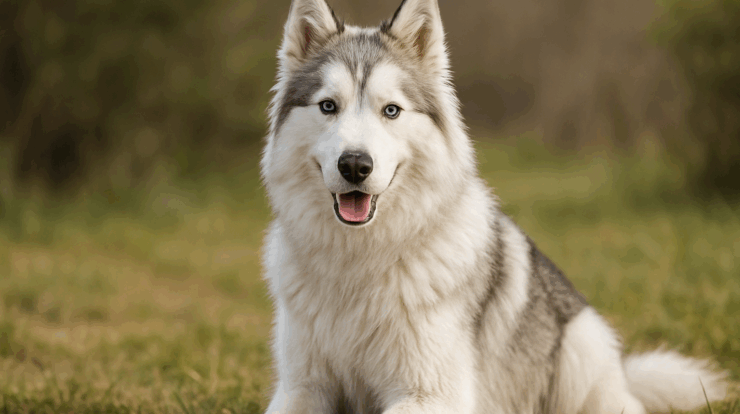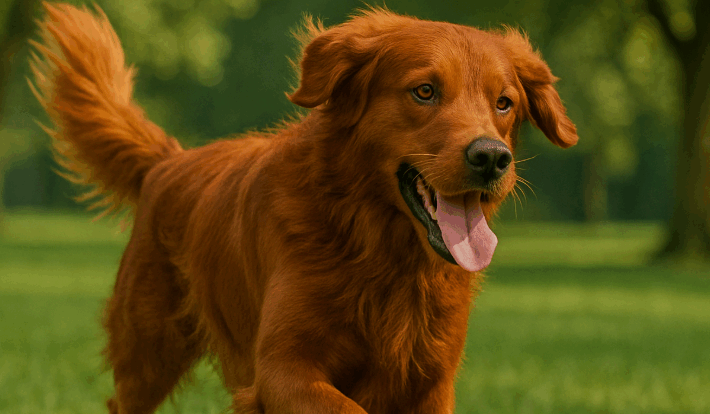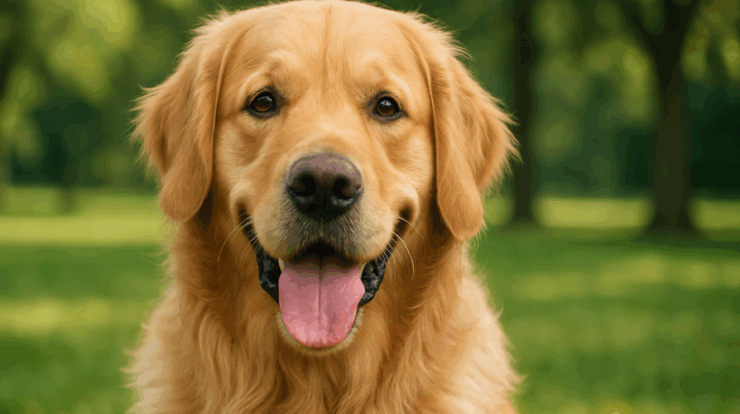Knowing the Causes of Dogs’ Resource Guarding Behavior
When a dog protects a toy or growls over a food bowl, it can be frightening for many dog owners. This is called resource guarding, and it happens more often than you might imagine. Fortunately, resource guarding dog trainers specialize in overcoming these inclinations for protection. To establish a more harmonious and balanced relationship between dog and owner, they determine what causes a dog to become possessive and put customized tactics into place.
The Reasons Dogs Acquire Resource-Guarding Behaviors
Fear, insecurity, or traumatic experiences are some of the reasons why dogs may begin resource guarding. Unsocialized puppies may grow up to be uncertain about their availability to food or favorite things. Dog trainers for resource guarding assess each case separately, assisting pet owners in determining whether the behavior stems from learned behaviors or anxiety. Even the most possessive puppies can learn to share with the correct instruction.
The Function of Dog Trainers in Protecting Resources
Professional resource guarding dog trainers are adept at changing behavior. Using tactics of positive reinforcement, they gently discourage possessive outbursts while rewarding peaceful behavior. The goal of these trainers is to increase family trust in the dog. The goal is to help the dog feel secure enough to let go of their desire to defend resources, not merely to correct behavior.
Early Indications That Resource Guarding Requires Dog Trainers
A rigid body posture or side-eye looks when someone approaches a beloved toy are examples of subtle indicators of resource guarding. Some might be more overt, such snapping or growling. Before the habit becomes aggressive, resource guarding dog trainers advise getting help as soon as possible. Faster and more durable outcomes are frequently the consequence of early action.
Selecting Appropriate Dog Trainers for Resource Protection
Dealing with behavioral problems like resource guarding is something that not all dog trainers have experience with. Selecting resource guarding qualified dog trainers with specialized training in aggressive or protective behaviors is crucial. Seek out trainers who will work with you and your dog as a team and who employ techniques that don’t involve using force.
A Resource Guarding Training Session: What to Expect
Typically, resource guarding sessions with dog trainers start with an evaluation. While taking thorough notes, trainers watch how the dog responds to particular items or people. From there, they create a strategy that may include structured workouts, counter-conditioning, and desensitization. The demands and characteristics of each dog determine each step.
Protecting Resources and Providing Positive Reinforcement
Positive reinforcement is among dog trainers’ most successful resource-guarding techniques. Dogs that exhibit calm, relaxed temperament are rewarded by their trainers rather than punished for guarding. This method creates a safe environment where the dog no longer feels the need to defend food, toys, or territory because it encourages collaboration and trust.
The Value of Regularity in Instruction
The secret to success, according to resource guarding dog trainers, is consistency. When all members of the home use the same orders and adhere to the same regulations, the dog learns more quickly. The dog may become confused and progress may be hampered by uneven discipline or mixed messages. A cohesive strategy is necessary to alter behavioral patterns.
Using a Trainer to Help Address Food Bowl Aggression
Food bowls are among the most widely used resource protection techniques. When someone approaches during meals, a dog may snap or growl. Resource-guarding dog trainers deal with this by establishing feeding schedules that encourage composure. These routines could include educating the dog to wait patiently before eating, trading goodies, or hand feeding.
Taking Care of Toy and Chew Resource Protection
Additionally, chewing objects, toys, and bones might set off resource-guarding behaviors. Structured play and trading activities are used by resource guarding dog trainers to teach dogs that giving up a toy results in better rewards. This changes the dog’s perspective on possession and sharing over time.
Assistance Dogs That Protect Humans
Some dogs, particularly those with whom they have a strong attachment, can develop possessiveness. Inadequate management of this kind of resource guarding can make it confusing and even harmful. Dog trainers who specialize in resource guarding help owners teach their canines that it’s acceptable to share space and affection with other people.
Teaching All Ages of Dogs to Protect Resources
Dogs of all ages can be trained by resource guarding dog trainers, however early intervention is best. The correct training can help even elderly canines that have been protecting resources for years. With the right guidance, changing one’s behavior is always feasible, even if it takes more time and patience.
Resource Guarding’s Effects on the Home
Cohabitation with a resource-guarding dog can lead to tension, anxiety, and even animosity among family members. By providing owners with the necessary skills and tools, resource guard dog trainers aid in reestablishing harmony. Additionally, they teach families how to communicate with their dogs, which helps everyone comprehend how their dogs behave.
The Psychological Cost of Protecting Resources
Many dog owners experience feelings of guilt or embarrassment when their dog exhibits defensive behavior. Resource guarding, however, indicates that the dog feels threatened or uneasy, not that the dog is wicked. Resource guarding dog trainers provide owners with emotional support in addition to training to keep them devoted and self-assured.
Methods and Resources Trainers Could Utilize
Dog trainers for resource guarding may employ clickers, food puzzles, or specialized harnesses, depending on the behavior of the dog. They frequently use obedience training and relaxation techniques to strengthen positive behaviors. Each tool is picked with the dog’s comfort and long-term success in mind.
Resource Guarding Success Stories from Real Life
Stories of transformation are common among resource guarding dog trainers, such as a dog who used to growl at food but now eats with kids. With the correct direction, these tales demonstrate that transformation is not only feasible but also frequent. They provide encouragement and hope to owners who are just beginning their training.
With Your Trainer, Establish Goals
Setting attainable goals makes it easier to monitor your progress. Both short-term and long-term goals are usually established by resource guarding dog trainers. Whether it’s letting visitors near toys or not growling during meals, setting milestones keeps owners motivated and focused during the training process.
Including Exercise in Daily Life
Sessions are not the only time when training takes place. Owners are encouraged to practice techniques in everyday routines by resource guarding dog trainers. This could be waiting for meals, saying “leave it” when taking walks, or welcoming someone politely at the entrance. These few periods boost confidence and reinforce learning.
When to Instantly Seek Professional Assistance
Do not wait if your dog’s protective response involves biting, lunging, or causing harm. Make quick contact with dog trainers for resource protection. Severe cases can easily get out of hand and need to be managed by professionals to keep everyone safe. The sooner the intervention is implemented, the better the result.
Dedication to the Transformation Process
Changing deeply rooted habits, such as resource guarding, requires commitment, time, and effort. Dog trainers for resource guarding are aware of this and will support you at every turn. They resolve problems, praise advancements, and consistently and compassionately remind you that change is always possible.
A Peaceful and Joyful Life Is Achievable
Ultimately, the goal of resource guarding with dog trainers is to establish harmony. It’s about giving you the confidence to lead your dog and giving them the security to share. You can restore serenity, trust, and tail wags to your home with the correct training, perseverance, and patience.




